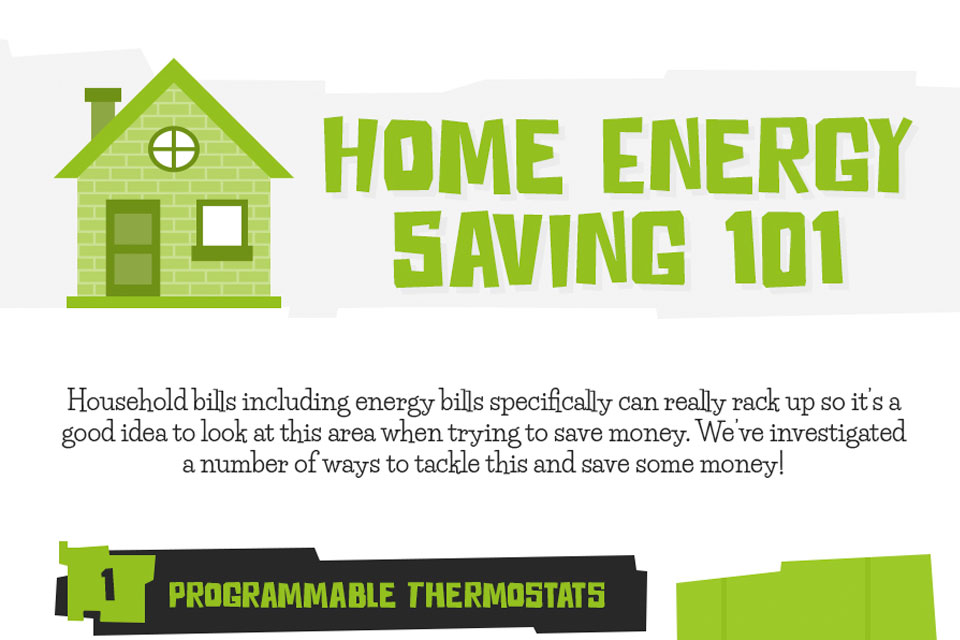
Improving the energy efficiency of your home is simpler than many people think. It requires some simple changes to your living area. Furthermore, there are tax advantages in place to help lower your energy costs. By implementing these changes, you can enjoy the many advantages of owning an energy-efficient home.
Cost-effective improvements
Making your house energy efficient is a great way to save money. It is often overlooked that making your home more energy efficient can increase your home’s value. These improvements will not only lower your energy bills but also improve the quality of your home’s air. This will allow you to breathe cleaner air and prevent airborne allergens.
An energy audit can help you identify areas that need to be updated. A certified Energy Auditor will run a computerized model of your home and calculate its energy efficiency on a scale of one to one hundred. The result is an energy efficiency score, which can be used to identify improvements and help you save money in the long run. This service is affordable, at $200 to $600, and can lead to energy savings for many years.
Some of the simplest improvements to make to your home can save you hundreds or even thousands of dollars a year. Most of these can be done on your own and don’t require the services of an electrician. The cost of these improvements can vary in price, but they will generally pay for themselves in the first year.
You can also cut your electricity bill by unplugging appliances and line-drying clothes instead of using dryers. This simple change will cut your energy costs by two to three hundred dollars a year. In addition to this, it will also reduce your carbon footprint by helping the environment by cutting greenhouse gases.
Solar energy
To reduce energy costs and carbon emissions, solar energy efficiency is a complement to conventional strategies. Although they require different methods and cost, their combined effect is very beneficial to homeowners looking for a clean energy solution. When budgets are tight, efficiency should always be prioritized. These two technologies can save between four and thirty-two% each month, on average.
Solar energy is a renewable source of energy. It doesn’t require fossil fuels, and can provide the energy needed for a home with high efficiency. Solar panels are becoming a major source of renewable energy in the United States for residential purposes. Installing solar panels in your house can protect the environment, reduce energy bills and improve the value of your home.
Solar power systems can either be installed on the roof, or in the backyard. Solar panels can harness the sun’s energy if it shines directly on your house. This allows you to keep your home warm in winter and cool in summer. These systems can also reduce harmful air pollution. They can also help a home stay comfortable during periods of power outages. If your system has battery storage, it will provide electricity during a power outage.
The cost of solar energy depends on where you live. Solar cooling is more common in the southern hemisphere than conventional air conditioning. In Hawaii, solar energy is used to produce hot water. Some builders even offer solar-powered hot water as a standard feature in their houses. It is important to remember that solar panels can cost more than your current energy bills. Solar panels cost will include both the installation and ongoing maintenance costs. Tax credits are another way to lower the cost of solar energy.
Solar power installation costs can run into the thousands of dollars. Although the initial cost of solar power installation can be expensive, the payback period of seven to twelve years is very long. A household that uses solar energy can expect to save anywhere between six hundred to two thousand dollars a year. The cost of solar energy can vary depending on the size of the home.
Many people may not be aware of the fact that their personal electronic devices use more energy than they think. This is a huge source of energy. One could start by using solar-powered tablet and phone chargers. They are also great for traveling off-grid.
When using solar panels for home energy, homeowners can generate electricity in-house, supplementing their local utility company’s power. This will not only save them money, but also increase the value of their property. The federal government offers loans and tax credits to homeowners who want to install solar power systems.
Tax incentives
There are many tax incentives available to make a house more efficient. These include federal rebates for new windows, doors, heat pumps, and other improvements. While the rebates don’t necessarily lower the total cost of the project, they can help lower the federal taxes a homeowner pays. The Energy Efficient Home Improvement Credit, for example, is worth 30% of eligible projects up until $1,200 per annum. Similarly, heat pump space heaters and water heaters can earn up to $2,000 in federal tax credits each year. Moreover, these tax credits can be spread over a number of years, allowing homeowners to spread out their electrification projects over several years.
Tax credits are available for many improvements that will make your home more efficient. These include insulation, windows and doors, insulation and high-efficiency heating and cooling devices. In most cases, tax credits are available up to 30% of the cost. The rebates can also be availed in increments up to $300. For example, if you invest in upgrading your windows and doors and install new insulation, you’ll be eligible for up to $300 in tax credits.
Energy efficiency can reduce your energy costs, cut your carbon footprint, and improve your home’s air quality. However, these upgrades will be costly. You’ll need to replace the electrical wiring in your house before pursuing other energy efficiency measures. However, federal incentives will help you finance the expenses of these upgrades, as long as they are made before 2023.
The details of the tax incentives are still not finalized. These details would need to be worked out by both the Department of Energy as well as the states. Don’t expect rebates to be available immediately. However, once they are in place, consumers can start benefitting from them.
The High-Efficiency Electric Home Rebate Program is another tax incentive that will help you save money on your electricity bills. This program is for middle- and low-income families that cannot afford heat pumps or energy-efficient appliances. To qualify for the program, you have to have a family income of less than fifteen0% of the area’s median income.
There are many incentives in the US tax code to make your house more energy-efficient. The federal government has also extended Section 179D, which allows for more deductions for energy-efficient home improvements. The incentive is only available if energy reductions are verified by a third party. These incentives not only provide tax benefits but also create new jobs.
The 2017 Inflation Reduction Act has made it possible for homeowners to save money on their energy costs. The solar tax credit has been made available to homeowners through this legislation, allowing them to install heat pumps and other energy-efficient upgrades to their homes. Additionally, it has increased the amount of tax credits available for homeowners who purchase heat pumps.
Hi, I’m Emma. I’m the Editor in Chief of Tiny House 43, a blog all about tiny houses. While tree houses are often associated with childhood, they can be the perfect adult retreat. They offer a cozy space to relax and unwind, surrounded by nature. And since they’re typically built on stilts or raised platforms, they offer stunning views that traditional homes simply can’t match. If you’re looking for a unique and romantic getaway, a tree house tiny house might just be the perfect option.









